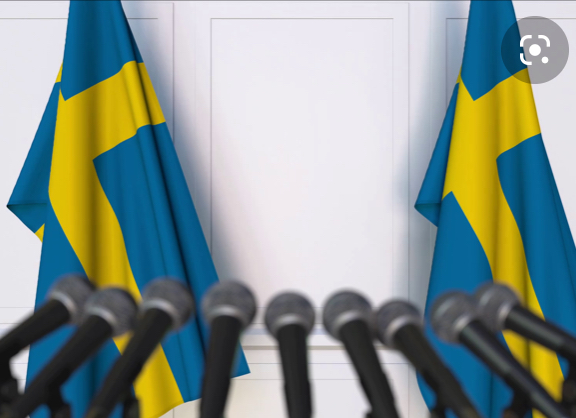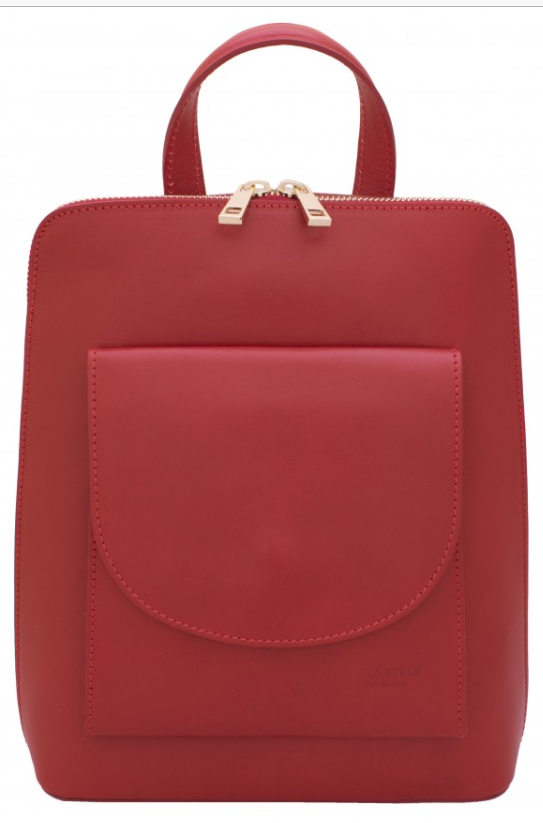
pic: 123rf.com
Whether or not you’ve been waiting for this moment for years, or dreading it, it’s happened – the Swedish Central Bank, Riksbanken, raised the repo rate to 0%, ending five years of minus interest.
The case of “Sweden and the minus interest rate” will be one for the economic books in the future – did it help? did it make things worse? The jury is still out. For one thing, the minus interest rate was a large contributing factor (although not the only factor) to the weak krona. It made Swedish goods cheaper, but imported goods more expensive. Many arguments have been made, also by the Swedish Fed chief Stefan Ingves, that the weak krona turned companies into “zombie companies” – surviving basically because of the cheap and available credit (SvD.se/krona). Even huge and stable companies like Volvo didn’t love the negative interest rate because, it was said, it gave a false picture of economic reality. Finally, the other driving reason for the negative interest rate was to try and keep inflation at, or close to, 2%. See this post for earlier info on the topic.
Sweden’s inflation has not made it up to 2% yet, despite all the efforts. The negative interest rate didn’t work. Many are starting to even question the link between inflation and interest. Furthermore, many economists don’t see a violent end to the huge growth Sweden’s economy has enjoyed over the last 5-10 years, believing instead a sort of economic “levelling off” is more likely. In the end, it seemed that most economists were for raising the rate, and for making it slightly more normal. And now it’s done.

Most Swedes will not be wildly affected by the change. 0% is still an unbelievably low interest rate. SvD’s Joel Dahlberg rated it as still being able to drink “glass after glass” of champagne without having to suffer a hangover.
Not everybody gets to drink the champagne though, just as when the interest rate was minus. Retirees and others who survive on their money in the bank or in their retirement accounts gaining a little in value due to interest are still out of luck. The other worry that won’t be lessening any time soon is the ballooning debt of the average Swedish household – it’s been cheap to get a loan, and it’s still cheap to get a loan. When the interest rate rises, which it is bound to do at some point, those loans will get expensive.
But that isn’t now, and Ingves has said that the rate will likely remain the same for a few years assuming nothing untoward happens. That will be a thin comfort if crash happens, but, now that a minus interest rate has been normal for so long, it’s become something that can be done again. As Ingves put it for DN: “Zero is not the bottom for interest. Periods of negative interest can come again. But this is all hypothetical, and we are not there today.”



